Gardening without stiffness
ardening helps to preserve and improve health. This activity allows you to exercise, increase flexibility, improve coordination, dexterity and balance, gain strength, and even reduce stress and improve morale.
In addition, gardening can be very intense. Digging, raking, bending, pulling weeds, pulling the garden hose, pushing the mower, lifting up dirt bags, it’s all a sport!
Gardening therefore involves risks: lower back pain, ligamentous injuries, joint tension, … However, some strategies can minimize the risk of injury and / or muscle soreness.
Here are some of them:
- Warm up 5 to 15 minutes before starting to garden (the duration will vary depending on the intensity of the task). The proposed warm-up may begin with a 3 to 5 minute walk, followed by a dozen repetitions of the following exercises: half squats on the spot, rotations of the shoulders forward / backward, rotations of the trunk, rotations of the wrists, lateral tilts and gentle rotations of the head.
- Think about your posture when carrying out gardening activities. Avoid having a round back (keep your back straight). Use leg strength to lift loads and body weight (weight transfer) for pull / push movements. Avoid torsion of the trunk and especially the association of the movements of rotation-flexion of the trunk. Watch out for the frequency, the brutality and the speed of your actions. Favor the position of knight serving to work in the flower beds, or the squatting or kneeling position.
- Frequently change positions. Even optimal posture should not be maintained for too long a period.
- Take breaks frequently.
- Organize your time in order to alternate easy tasks / difficult tasks.
- Use long-handled tools, adapted to your morphology, which are light and ergonomically shaped.
- Organize your environment by positioning your tools at your height and heavy loads on a shelf at your height.
- Perform stretching once the gardening activity is over. Choose stretching according to the areas of the body that have been solicited. Stretching of the following areas is particularly recommended: shoulders, biceps, forearms, calves, glutes, thighs, neck and lumbar area.
And if injuries occur anyway, consult a health care professional quickly for relief and prevention tips that will help prevent the recurrence of pain.




